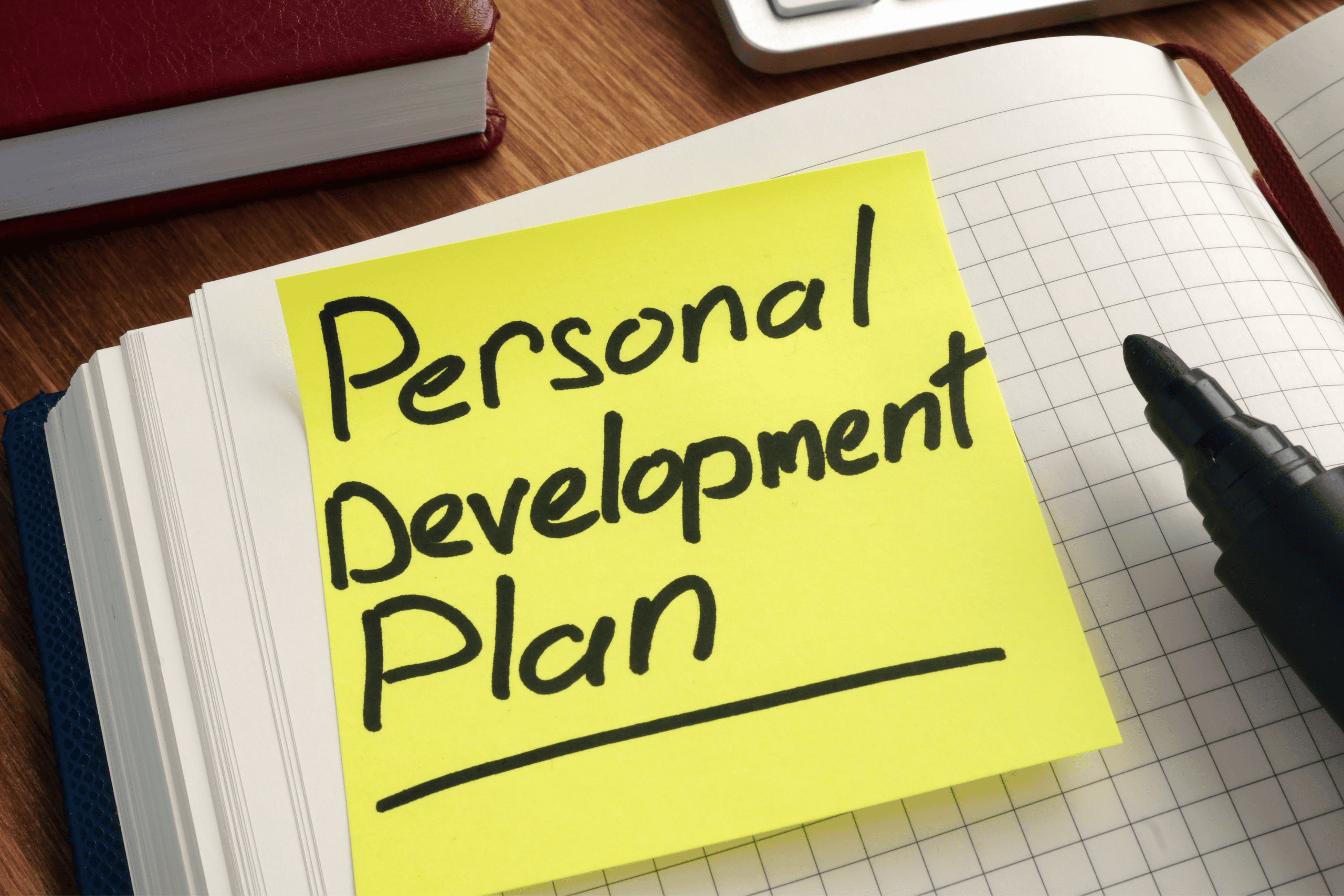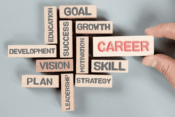
Crafting a Professional Development Plan: A Comprehensive Roadmap to Career Success
In today’s rapidly evolving job market, continuous learning and professional growth are essential for career success. The demand for new skills, adaptability, and lifelong learning has never been higher, making it crucial for professionals to take charge of their career trajectories. Without a structured approach, individuals may struggle to identify skill gaps, set achievable goals, or leverage the right opportunities for advancement. This is where a well-crafted Professional Development Plan (PDP) comes into play.
A PDP serves as a personalized roadmap, guiding individuals toward their career goals while ensuring they remain competitive in their field. It helps professionals assess their current competencies, set strategic goals, and create actionable steps for growth. Whether you are an entry-level employee looking to build foundational skills or an experienced professional aiming for leadership, a PDP provides the clarity and direction needed to achieve success.
This comprehensive guide will walk you through the essential steps in crafting an effective PDP, incorporating expert opinions and insights from top business publications. By following these structured strategies, you can take control of your professional development, enhance your skills, and position yourself for long-term career success.
1. Self-Assessment: Understanding Your Starting Point
Begin by evaluating your current skills, strengths, and areas needing improvement. This introspective analysis lays the foundation for identifying the competencies required to achieve your career objectives.
- Identify Strengths and Weaknesses: List your key skills, talents, and accomplishments, as well as areas that need improvement.
- Determine Core Values: Define your professional and personal values to align your goals with your purpose.
- Clarify Career Goals: Ask yourself where you see your career in 5, 10, or even 20 years.
Jo Martin, Group Head of Performance and Development at Kernel Global, emphasizes the importance of regular “Plan-Do-Review” cycles to maintain momentum and growth. (puresearch.com)
2. Setting SMART Goals
Define goals that are Specific, Measurable, Achievable, Relevant, and Time-bound (SMART) to ensure clarity and accountability.
- Instead of saying, “Improve leadership skills,” set a goal to “Complete a leadership training course and lead a project team within six months.”
- Break larger goals into smaller, achievable milestones.
Harvard Business Review highlights the importance of setting clear and measurable goals for career success in their article “Setting the Right Goals: How to Make SMART Goals Smarter.” (hbr.org)
3. Identifying Skill Gaps
Once you’ve set your goals, analyze the skills and knowledge required to achieve them.
- Compare Current Skills to Industry Needs: Use resources like LinkedIn Learning, Coursera, and industry reports to research in-demand skills.
- Seek Feedback: Ask mentors, peers, or supervisors for insights on areas needing improvement.
Peter Cheese, CEO of the Chartered Institute of Personnel and Development, stresses the need for continuous learning and adaptability in today’s work environment. (thetimes.co.uk)
4. Exploring Development Opportunities
Find learning opportunities that align with your identified skill gaps:
- Formal Education: Pursuing a degree, diploma, or professional certification.
- Online Courses: Enrolling in platforms like Coursera, edX, or Udemy.
- Workshops and Seminars: Attending industry-specific events.
- Mentorship and Coaching: Seeking guidance from experienced professionals.
- On-the-Job Training: Volunteering for new projects and leadership roles.
Cate Luzio, founder of Luminary, underscores the significance of modern mentorship and continuous learning for career growth. (glamour.com)
5. Implementing and Monitoring Progress
Put your plan into action by actively participating in development activities and regularly tracking progress.
- Use a Professional Development Tracker: Tools like Trello, Notion, or Excel can help you organize your goals and milestones.
- Stay Accountable: Set deadlines and check in regularly on your progress.
- Be Adaptable: Adjust your plan as necessary to stay aligned with evolving industry demands.
Jo Martin advises professionals to build a habit of regular “Plan-Do-Review” cycles to maintain agility in their career development. (puresearch.com)
6. Seeking Feedback and Reflecting
Regular feedback from colleagues, mentors, or supervisors is crucial for career growth.
- Actively Seek Constructive Criticism: Use feedback to make informed adjustments to your PDP.
- Reflect on Your Progress: Evaluate whether you are meeting your career aspirations and identify areas for continued growth.
Peter Cheese emphasizes the importance of fostering inclusive workplace cultures and leveraging feedback for continuous improvement. (thetimes.co.uk)
7. Celebrating Achievements and Reassessing Goals
Recognizing milestones keeps you motivated and helps reassess your future goals.
- Acknowledge Small Wins: Celebrating progress can reinforce positive habits.
- Reevaluate and Set New Goals: Your career aspirations may evolve, so your PDP should be a dynamic document that changes with your needs.
According to the Academy to Innovate HR, employees with access to professional development opportunities are 15% more engaged and 34% more likely to remain with their organization. (aihr.com)
Forbes emphasizes the importance of continuous learning in their article “The Importance of Continuous Learning in the Modern Workplace.” (forbes.com)
Conclusion
A well-crafted Professional Development Plan is a strategic tool that enables individuals to grow within their careers while aligning with organizational goals. By committing to continuous learning, skill enhancement, and adaptability, professionals can navigate the evolving workforce successfully.
References:
- Academy to Innovate HR. “Professional Development Plan Template and Guide [2025 Edition].” https://www.aihr.com/blog/professional-development-plan-template/
- Pure Search. “Crafting an Effective Professional Development Plan.” https://www.puresearch.com/blog/crafting-an-effective-professional-development-plan
- The Times. “We Are in Times of Significant Change and Must Be Adaptable.” https://www.thetimes.co.uk/article/we-are-in-times-of-significant-change-and-must-be-adaptable-wd6djmdxj
- Glamour. “Luminary Founder Cate Luzio on Changing Careers and Power Dressing.” https://www.glamour.com/story/face-of-change-cate-luzio
- Forbes. “The Importance of Continuous Learning in the Modern Workplace.” https://www.forbes.com/sites/forbescoachescouncil/2023/10/10/the-importance-of-continuous-learning-in-the-modern-workplace/
- Harvard Business Review. “Setting the Right Goals: How to Make SMART Goals Smarter.” https://hbr.org/2017/07/setting-the-right-goals-how-to-make-smart-goals-smarter












